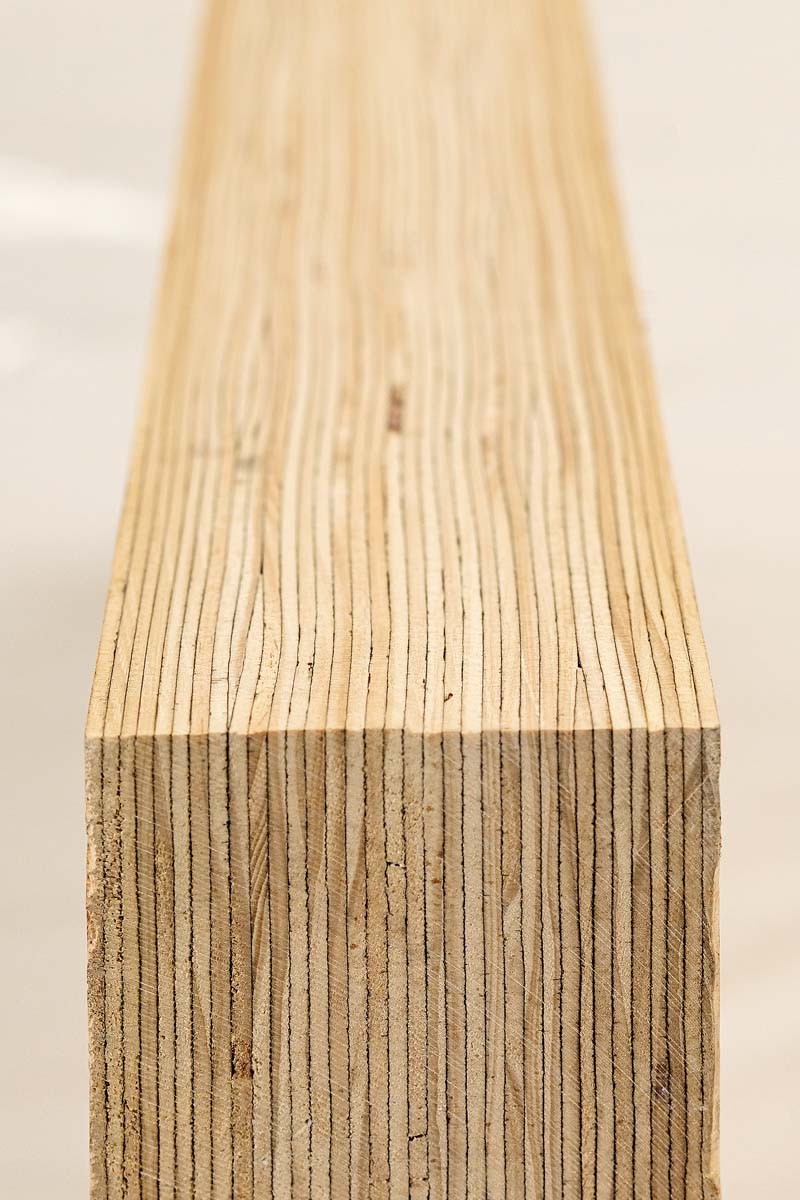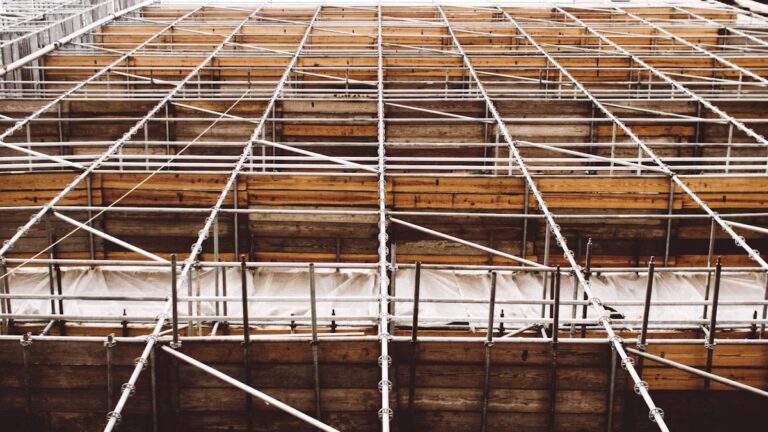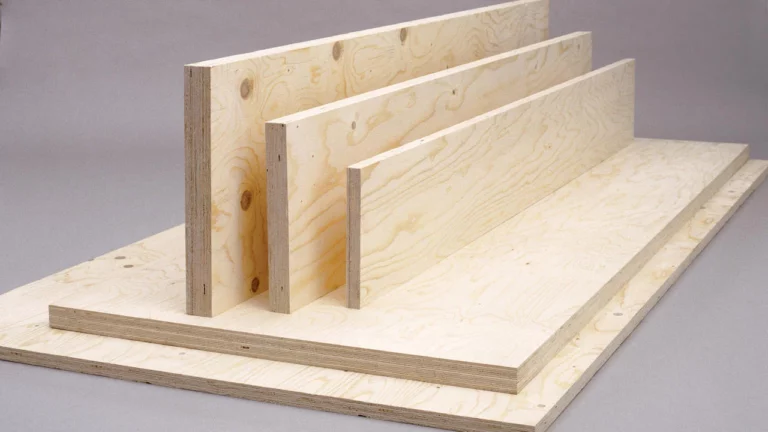Case Studies: Innovative Applications of LVL Formwork
In the construction industry, the use of LVL (Laminated Veneer Lumber) formwork has gained significant attention due to its innovative applications. LVL formwork offers numerous advantages over traditional formwork systems, making it a popular choice for various construction projects. In this article, we will explore the different aspects of LVL formwork, its benefits, challenges in implementation, and its future prospects.
Understanding LVL Formwork
Before delving into the innovative applications of LVL formwork, it is essential to understand its basics. LVL formwork is a type of engineered wood product that is manufactured by bonding multiple layers of veneers together using adhesives. This construction material possesses superior strength and durability, making it suitable for a wide range of applications.
The Basics of LVL Formwork
In its simplest form, LVL formwork consists of panels that are cut to specific sizes and used to create temporary molds for casting concrete. These panels are lightweight yet sturdy, making them easy to handle and maneuver on construction sites. LVL formwork offers excellent dimensional stability, ensuring accurate and consistent concrete placements.
But what sets LVL formwork apart from other construction materials? It’s the combination of its unique composition and manufacturing process. Each layer of veneer is carefully selected and arranged to maximize strength and minimize defects. The veneers are then bonded together using high-quality adhesives, creating a solid and reliable product. This meticulous construction process ensures that LVL formwork can withstand the demanding conditions of construction sites and provide long-lasting support.
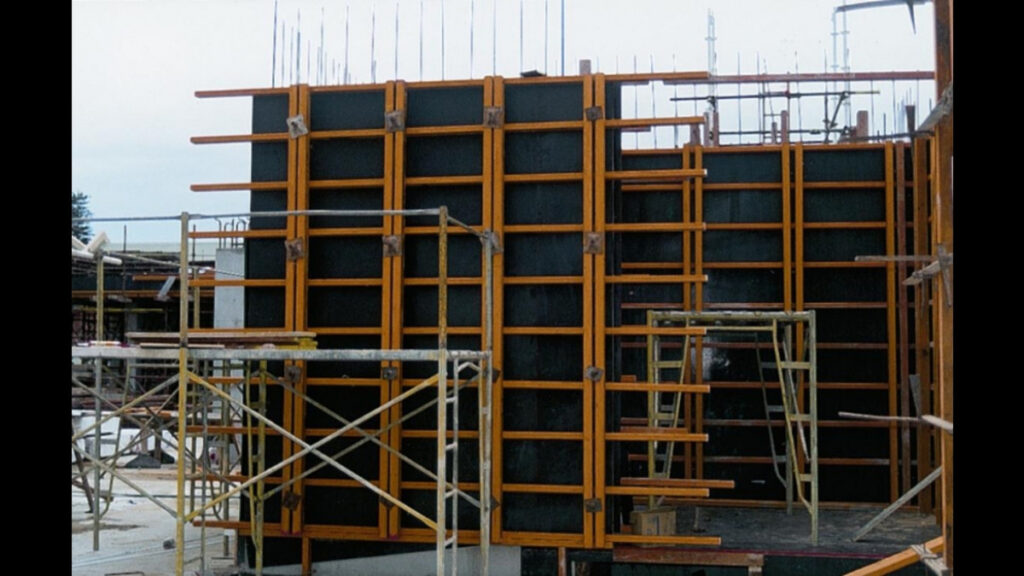
Benefits of Using LVL Formwork
There are several advantages to using LVL formwork compared to traditional formwork systems. Firstly, LVL formwork is highly cost-effective. Its reusable nature allows for significant savings in materials and labor costs over time. Instead of constantly purchasing new formwork materials for each project, contractors can rely on the durability and longevity of LVL formwork, reducing their expenses and increasing their profitability.
Additionally, LVL formwork is resistant to warping and swelling, ensuring the consistency of the formwork throughout the construction process. This stability is crucial for achieving precise and accurate concrete placements, avoiding any potential issues or delays. With LVL formwork, contractors can have peace of mind knowing that their structures will be built with the utmost precision and quality.
Moreover, LVL formwork offers excellent load-carrying capacity, allowing for the construction of structures with higher loads. This increased strength reduces the need for additional support structures, saving construction time and costs. Contractors can confidently design and build structures that can withstand heavy loads, without compromising on safety or structural integrity.
Furthermore, LVL formwork is highly versatile and can be easily customized to suit different project requirements. Its flexibility allows for complex shapes and designs, enabling architects and engineers to explore innovative construction methods. Whether it’s curved walls, intricate architectural details, or unique structural elements, LVL formwork can adapt to meet the most demanding design challenges.
In conclusion, LVL formwork is a game-changer in the construction industry. Its superior strength, durability, and cost-effectiveness make it an ideal choice for a wide range of projects. From residential buildings to commercial complexes, LVL formwork provides the necessary support and flexibility to bring architectural visions to life. So, the next time you see a construction site, take a moment to appreciate the hidden hero behind those concrete structures – LVL formwork.
The Innovation in LVL Formwork Applications
Technological advancements have further enhanced the applications of LVL formwork, revolutionizing the construction industry. These innovations have resulted in improved efficiency, sustainability, and overall project success. Learn more about the innovation in LVL formwork applications visit at https://itiaustralia.com.au/form-spec.
One of the key technological advancements in LVL formwork is the integration of smart sensors and IoT (Internet of Things) capabilities. These sensors are embedded within the formwork panels to monitor factors such as temperature, humidity, and pressure in real-time. This data is then transmitted to a centralized system, allowing construction teams to make informed decisions and adjustments, ultimately improving the quality and durability of the concrete structures.
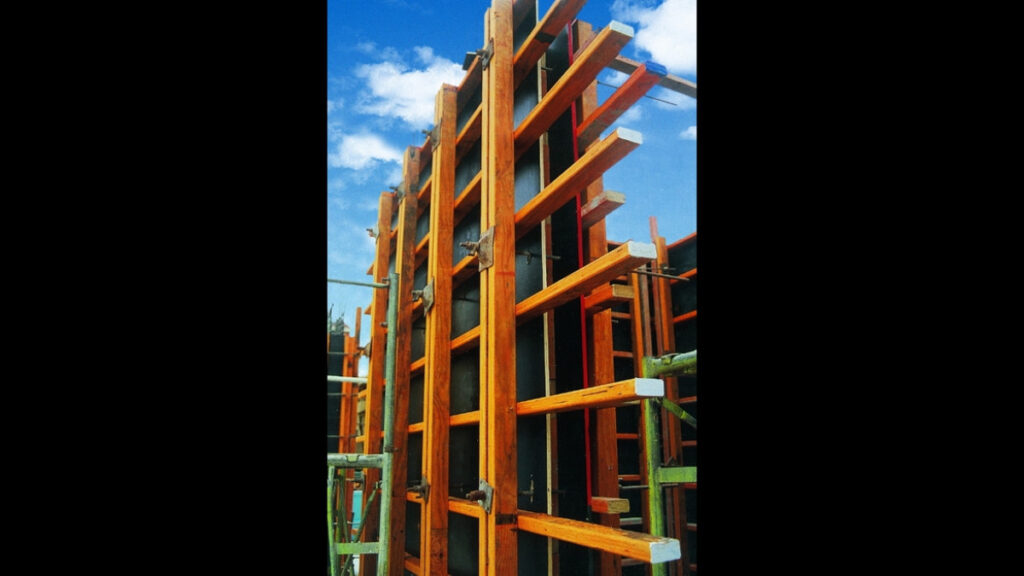
Technological Advancements in LVL Formwork
Recent advancements in LVL formwork technology have introduced automated systems that simplify the construction process. These systems utilize computer-controlled cutting and assembly, ensuring precise and efficient formwork fabrication. The use of robotics and digital modeling has increased accuracy and productivity, reducing construction time and minimizing errors.
Furthermore, the integration of Augmented Reality (AR) and Virtual Reality (VR) technologies in LVL formwork design has revolutionized the way construction professionals visualize and plan their projects. AR and VR tools allow for immersive 3D simulations of formwork structures, enabling architects, engineers, and contractors to identify potential design flaws and optimize construction sequences before actual implementation. Learn more about Virtual Reality (VR) technologies click here.
Sustainability and LVL Formwork
LVL formwork not only offers economic advantages but also contributes to sustainable construction practices. LVL is derived from sustainably managed timber resources, making it an environmentally friendly alternative to traditional formwork systems. Additionally, the reusability of LVL formwork minimizes waste generation, reducing the overall environmental impact of construction projects.
Moreover, the lightweight nature of LVL formwork panels reduces the carbon footprint associated with transportation and installation. This weight reduction not only enhances on-site safety by facilitating easier handling but also decreases fuel consumption during transportation, further aligning with green building initiatives and sustainability goals.
Challenges in Implementing LVL Formwork
While LVL formwork presents numerous benefits, there are challenges that need to be considered during its implementation.
One of the key challenges in implementing LVL formwork is the need to carefully assess the cost implications. While LVL formwork provides long-term cost savings, the initial investment cost may be higher compared to traditional formwork systems. It is important for project managers and contractors to conduct a thorough cost-benefit analysis to determine the feasibility of using LVL formwork for their specific project. However, these costs can be offset by the material’s reusability and durability, making it a wise investment in the long run. Learn more about Troubleshooting Common Challenges with LVL Formwork visit at https://jaxpainting.com/troubleshooting-common-challenges-with-lvl-formwork/
In addition to cost considerations, another challenge in utilizing LVL formwork is the requirement for specialized training and skill development among construction workers. The successful implementation of LVL formwork requires skilled laborers who possess the necessary expertise and training to work with this advanced formwork system. Training programs and certifications are essential to ensure that workers can effectively handle and install LVL formwork, maximizing its benefits and minimizing the risk of errors or accidents.
Cost Implications
Although LVL formwork provides long-term cost savings, the initial investment cost may be higher compared to traditional formwork systems. However, these costs can be offset by the material’s reusability and durability, making it a wise investment in the long run.
Training and Skill Requirements
The successful implementation of LVL formwork requires skilled laborers who possess the necessary expertise and training. Training programs and certifications are essential to ensure that workers can effectively handle and install LVL formwork, maximizing its benefits and minimizing the risk of errors or accidents.
Future Prospects of LVL Formwork
As the construction industry continues to evolve, the future prospects of LVL formwork remain promising.
Predicted Trends in LVL Formwork
The demand for sustainable construction practices will continue to drive the utilization of LVL formwork. As regulations and environmental considerations become more stringent, contractors and developers will increasingly turn to LVL formwork as a sustainable solution.
Potential Impact on Construction Industry
The increased adoption of LVL formwork is expected to have a far-reaching impact on the construction industry. This innovative construction material has the potential to streamline construction processes, reduce costs, and improve overall project efficiency. Additionally, the versatility of LVL formwork allows for the construction of unique and visually striking structures, further enhancing the industry’s architectural possibilities.
One key aspect to consider is the durability of LVL formwork. With its high strength-to-weight ratio and resistance to warping and twisting, LVL formwork offers longevity and reliability, ensuring that structures built with this material stand the test of time. This durability not only reduces maintenance costs but also contributes to the sustainability of the built environment.
Furthermore, the advancements in technology related to LVL formwork are opening up new possibilities in construction design and execution. Computer-aided design (CAD) software and robotic fabrication techniques are being integrated with LVL formwork production, allowing for greater precision and customization in construction projects. This technological integration not only improves efficiency but also enables architects and engineers to push the boundaries of design, creating structures that were once considered unfeasible.

